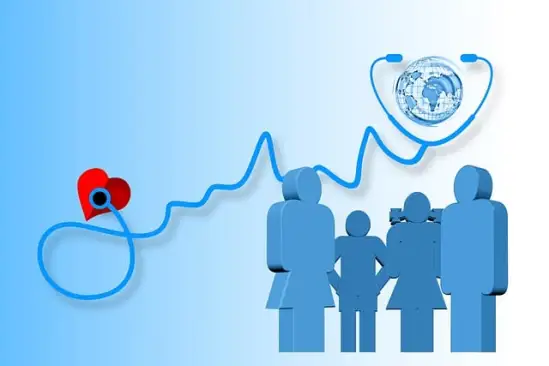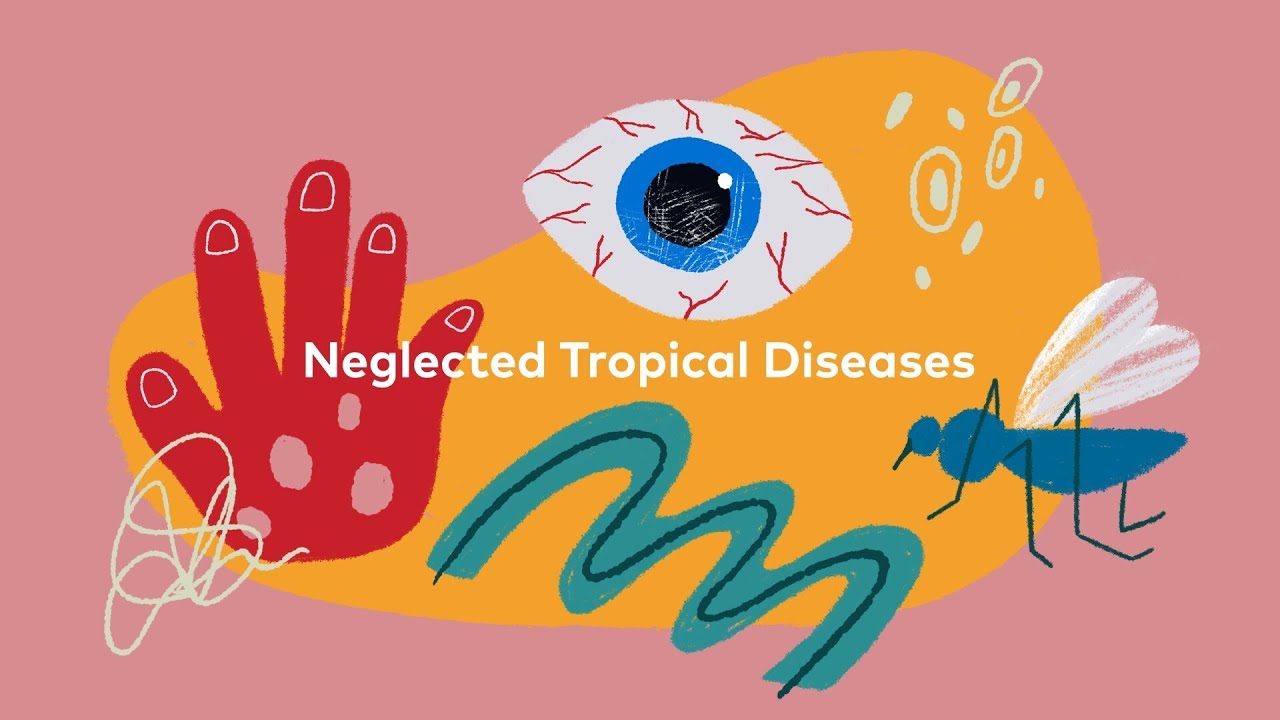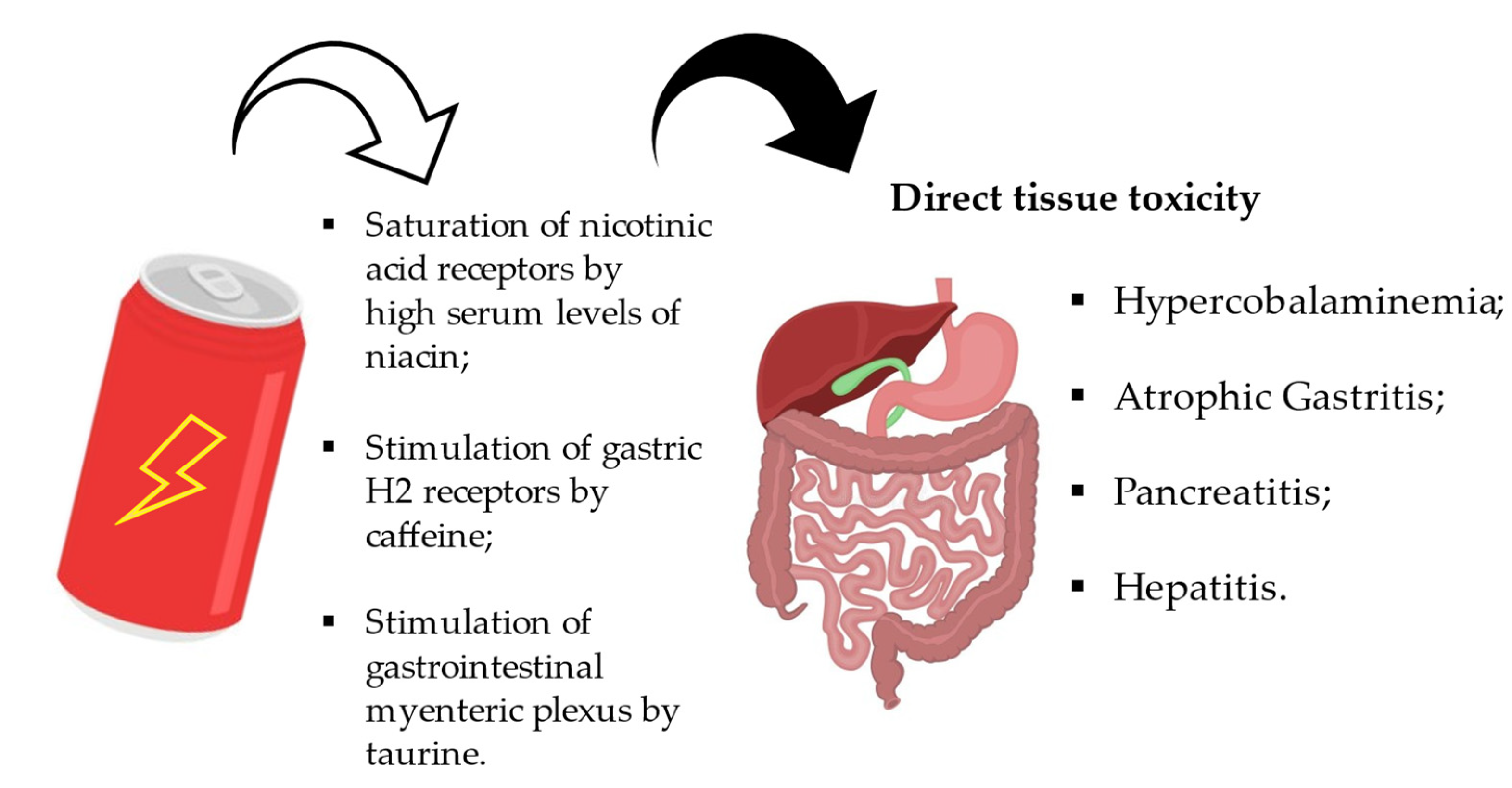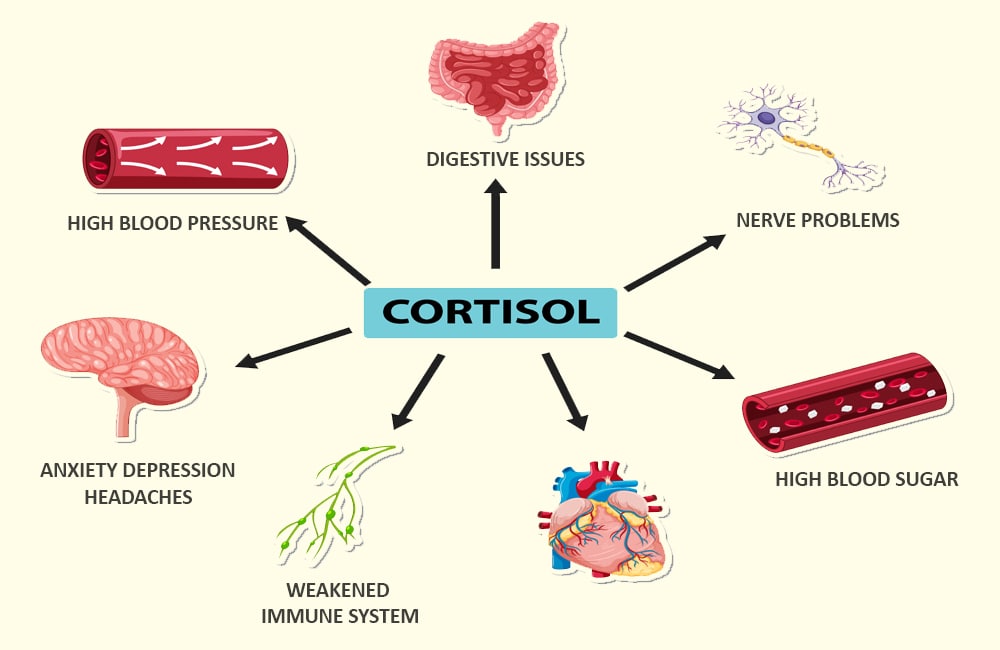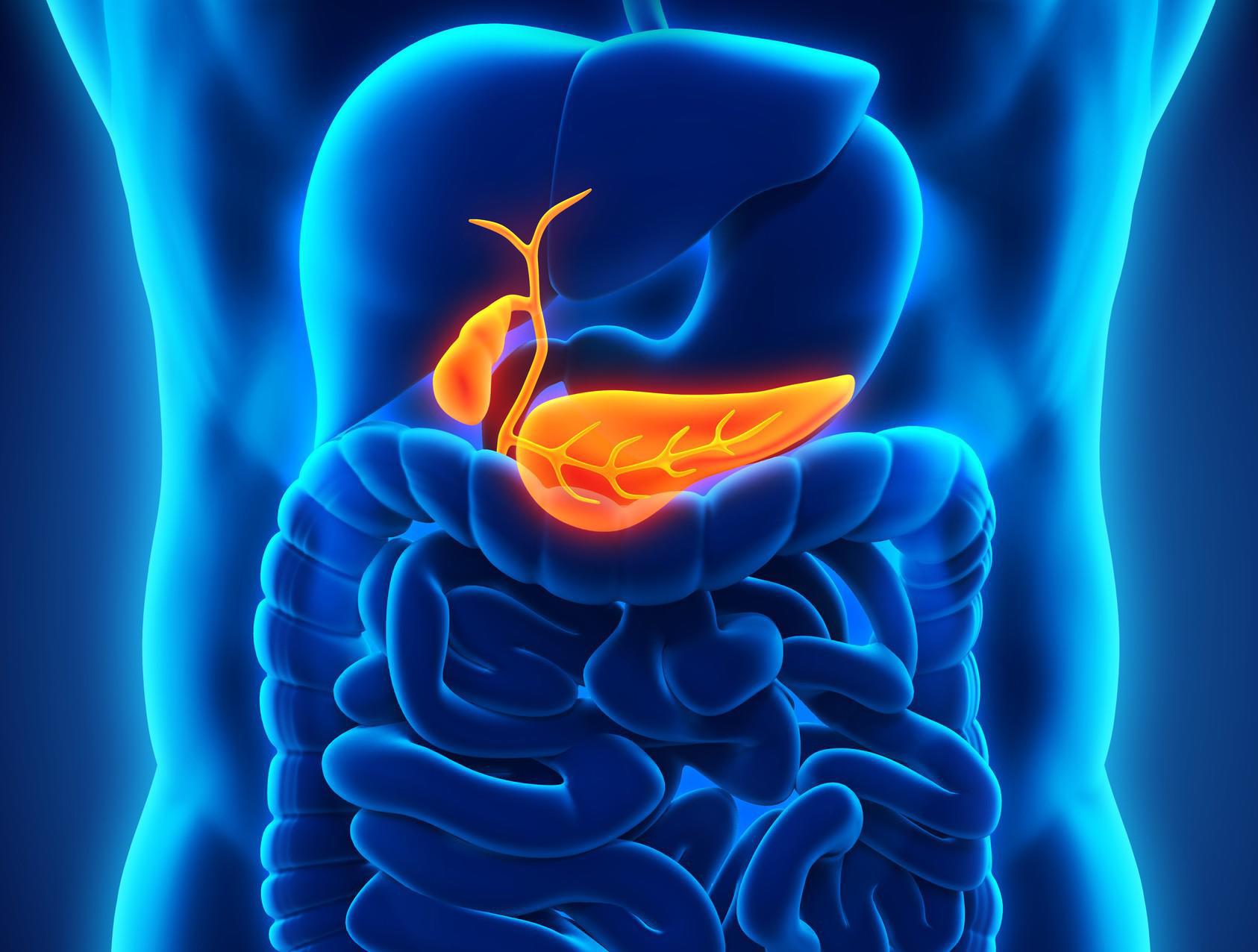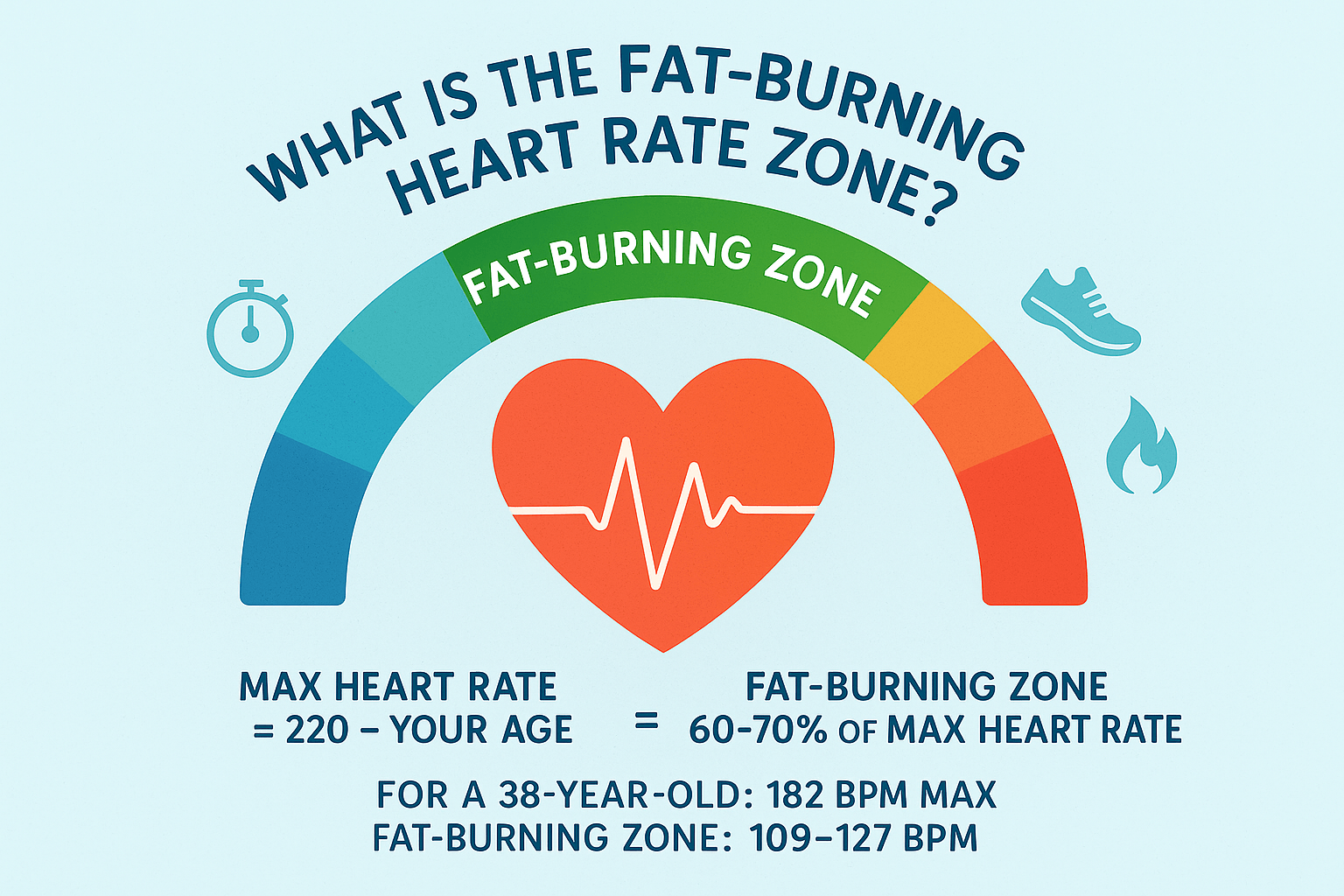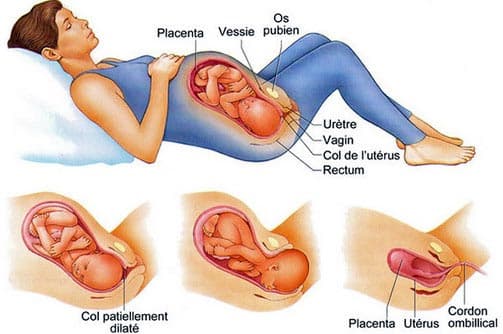Community-based efforts—rooted in local knowledge, trust, and collective action—have repeatedly demonstrated an extraordinary capacity to spark change that transcends neighborhood boundaries and resonates at national and international levels. By empowering individuals to address pressing issues—whether poverty, public health, or climate change—these grassroots initiatives generate momentum that can influence policy, mobilize resources, and reshape societal norms. Understanding this “ripple effect” is crucial for practitioners, policymakers, and activists seeking sustainable solutions to complex challenges.
Community mobilization is defined as the process of engaging and motivating community members to identify common problems, develop strategies, and take collective action to achieve shared goals . Best practices emphasize inclusive leadership, transparent communication, and culturally sensitive approaches to build trust and sustain participation over time.
Understanding the Ripple Effect
The ripple effect describes how small-scale, localized actions can produce far-reaching impacts, much like a stone dropped into water creates concentric circles that expand outward. In the context of social change, an effective community-based effort initiates a cascade of outcomes: local awareness leads to behavioral shifts, which inform broader public opinion, eventually catalyzing policy reform and international collaboration. This progression relies on three interlinked dimensions:
-
Local Empowerment – Strengthening community capacity fosters ownership and resilience.
-
Network Building – Connecting diverse stakeholders amplifies influence and resource sharing.
-
Policy Leverage – Demonstrating success at the grassroots level provides compelling evidence for policymakers.
By tracing these concentric impacts, we see how localized victories become templates for replication, adaptation, and scaling. Community mobilization not only addresses immediate needs but also generates social capital—trust, norms, and networks—that underpins sustained collective action
The Mechanics of Community Mobilization
Effective community-based efforts hinge on strategic processes that translate individual motivations into collective momentum. Key mechanisms include:
-
Stakeholder Mapping & Engagement: Identifying local leaders, organizations, and informal networks ensures diverse voices are represented.
-
Capacity Building & Training: Providing skills—from project management to advocacy—enables participants to design and implement solutions.
-
Participatory Research & Planning: Co-creating assessments and action plans fosters ownership and cultural relevance.
-
Continuous Feedback Loops: Regular check-ins, data collection, and adaptive management maintain momentum and accountability.
For example, Advocates for Youth highlights that successful mobilization yields increased public will, enhanced leadership capacity, and supportive community norms—each serving as both outcome and catalyst for further change. Similarly, community-based rehabilitation programs demonstrate how sustained communication with members can shift attitudes, leading to tangible structural and behavioral transformations
Case Study 1: Microfinance and Poverty Alleviation
Microfinance initiatives, epitomized by Grameen Bank, illustrate how small loans to the poor—particularly women—can transform local economies and influence national poverty strategies. Since its inception in 1983, Grameen Bank has extended credit to over 10.68 million borrower members across 94% of Bangladeshi villages, reaching nearly 45 million people (including family members) as of February 2024. More than 97% of recipients are women, reflecting a deliberate focus on gender equity and community resilience.
The localized success of microcredit has inspired replication in 70+ countries, informing national financial inclusion policies and spawning global networks such as the Microfinance Information Exchange (MIX). By demonstrating that collateral-free lending can achieve high repayment rates (over 98% in some contexts), microfinance has reshaped how governments and development agencies approach poverty alleviation.
Case Study 2: Climate Action Networks
Local climate action networks—like the C40 Cities initiative—show how municipal collaboration can drive ambitious emissions reductions and influence international climate negotiations. C40 unites nearly 100 mayors of the world’s leading cities to share best practices, set targets, and implement policies that reduce greenhouse gas emissions and enhance resilience . Research indicates that, over the next three decades, river flooding alone could cost C40 cities $136 billion in GDP annually, while droughts may cause $111 billion in damages—data that underscores the economic imperative of local action.
Through peer learning and collective goal-setting, cities have undertaken thousands of initiatives—from low-emission zones to green infrastructure—that collectively demonstrate urban leadership in global climate policy. These municipal successes inform national commitments under the Paris Agreement and strengthen negotiating positions in UN climate conferences.
Case Study 3: Public Health Initiatives
The Global Polio Eradication Initiative (GPEI) exemplifies how community volunteers can be the linchpin of a global health campaign. Since 1988, GPEI has mobilized and trained millions of volunteers, social mobilizers, and health workers to vaccinate over 2 billion children worldwide. By accessing households often missed by other health programs and establishing real-time surveillance systems, GPEI has reduced polio incidence by 99.9%—from an estimated 350,000 cases in 1988 to fewer than 200 cases annually today.
The initiative’s reliance on local trust networks and culturally tailored communication strategies has been pivotal in overcoming vaccine hesitancy and logistical challenges. Lessons learned have informed subsequent global health responses, including COVID‑19 vaccination campaigns and efforts to eradicate other infectious diseases.
Case Study 4: Mutual Aid During COVID‑19
Spontaneous mutual aid groups that emerged during the COVID‑19 pandemic provide a vivid illustration of rapid community mobilization influencing broader public health outcomes. A mixed‑methods study found that mutual aid and self‑help efforts were vital to early pandemic responses, fostering local cohesion, well‑being, and protective behaviors such as mask‑wearing and social distancing. In cities like New York, networks such as Mutual Aid NYC redirected resources to hard‑hit neighborhoods, coordinated volunteer efforts, and advocated for policy support—thereby shaping municipal relief measures.
These grassroots structures not only addressed immediate needs (food distribution, medication delivery) but also generated data and narratives that influenced local government policies on rent freezes, eviction moratoria, and public health funding. The sustained participation and emotional resilience cultivated through mutual aid offer a model for crisis preparedness and community-led recovery.
Scaling Local Success to National Policy
Translating community-based victories into national policy requires strategic advocacy and coalition-building. Successful campaigns often follow a “ladder of engagement,” where local evidence is leveraged to persuade regional and national decision-makers. For instance, community coalitions in the U.S. have used localized data on alcohol‑related harms to pass social host liability laws, holding adults legally responsible for underage drinking at private gatherings.
London’s Ultra Low Emission Zone (ULEZ) provides another example: after years of local pilot programs and public consultations, Mayor Sadiq Khan expanded ULEZ citywide in 2023, citing clear reductions in air pollution and public health benefits. By presenting rigorous local studies alongside personal testimonies, advocates demonstrated that community-based interventions could scale effectively and garner cross-party support.
International Collaboration and Influence
Local initiatives can also ripple outward to inform international agendas. Rotary International’s global polio campaign, rooted in local Rotary Club chapters, has been instrumental in reducing polio cases by 99.9% worldwide. The model of mobilizing volunteers, marking vaccinated children with purple ink, and partnering with governments and NGOs exemplifies how community-based frameworks can underpin large-scale, multinational efforts.
Similarly, Muhammad Yunus’s microcredit model—originating in Bangladeshi villages—has shaped international development paradigms and influenced policy at the World Bank, UN, and G20 level. Yunus’s appointment as chief advisor to the Bangladeshi government in 2024 underscores the political capital that community-driven innovations can generate.
Measuring Impact and Sustaining Momentum
Quantifying the ripple effect is essential for securing continued support and funding. Metrics span multiple domains:
-
Social Capital Indicators: Levels of trust, volunteerism rates, and network density.
-
Economic Metrics: Income changes, cost savings (e.g., reduced healthcare expenditures), and return on investment.
-
Policy Outcomes: Number of policies enacted, regulatory changes, and budget allocations.
Advocates for Youth highlight that high-quality community participation and leadership capacity are both measurable outcomes and drivers of future change. Likewise, recommendations for sustaining mutual aid groups emphasize documenting successes, fostering positive emotions, and embedding feedback mechanisms to maintain engagement beyond crises.
Conclusion & Call to Action
The ripple effect of community-based efforts demonstrates that empowering local actors can lead to transformative national and international outcomes. From microfinance and climate networks to public health campaigns and mutual aid, the pattern is clear: grassroots innovation, when effectively mobilized and measured, becomes the bedrock of sustainable change.
Action Steps for Practitioners and Policymakers:
-
Invest in Capacity Building – Fund training programs that strengthen local leadership and technical skills.
-
Foster Multi-Level Coalitions – Create channels for community voices to inform regional and national decision-making.
-
Prioritize Data & Storytelling – Combine rigorous impact evaluation with personal narratives to build compelling advocacy.
-
Embed Feedback Loops – Ensure adaptive management through continuous community engagement and transparent reporting.
By recognizing and reinforcing the power of community-based efforts, stakeholders can harness the ripple effect to address complex global challenges, ensuring that local solutions achieve the scale and longevity necessary for real impact.
